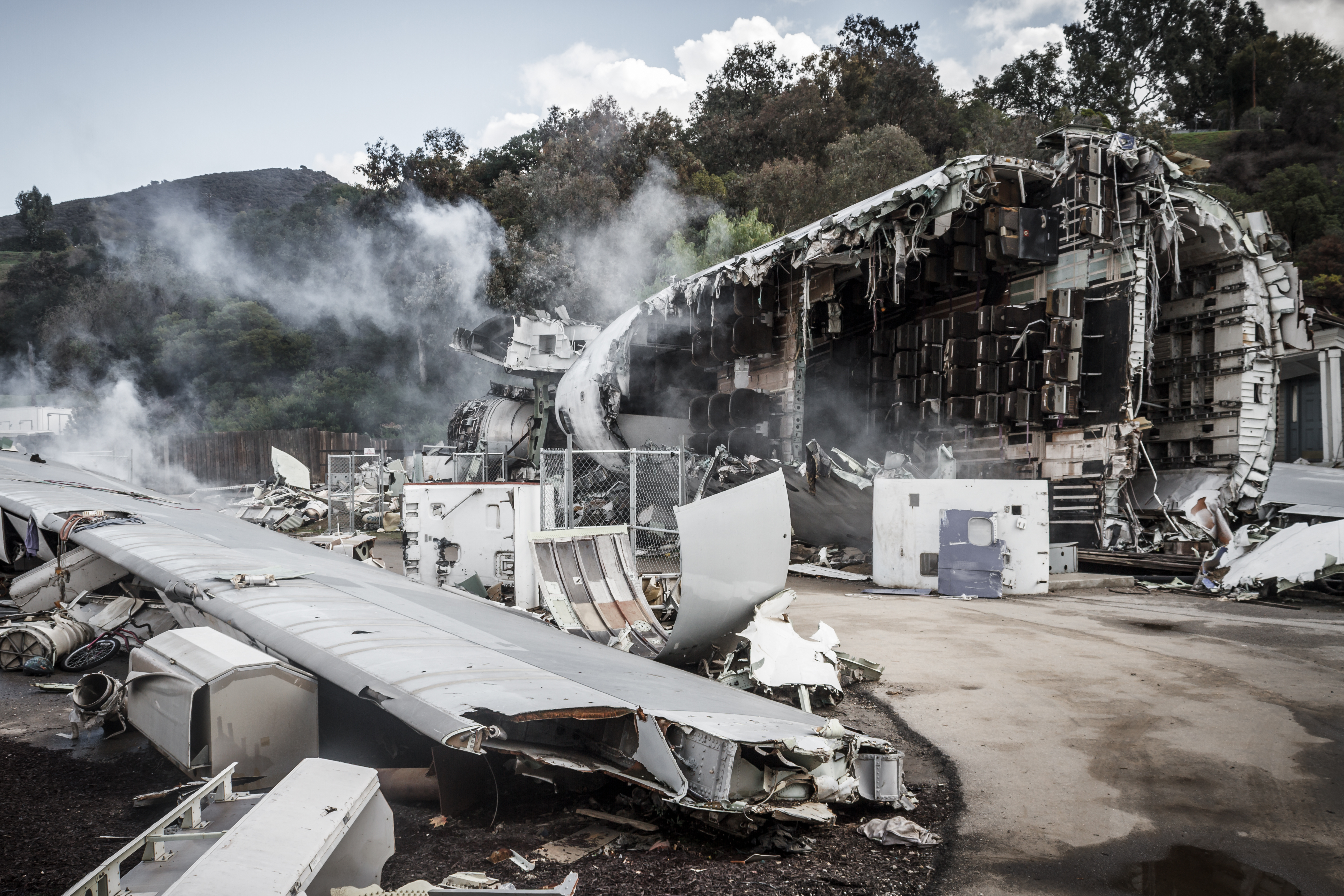
Properly packaging dangerous goods is essential for their safe transport, but not just any type of packaging will suffice. Dangerous goods regulations prescribe packing requirements for each and every kind of dangerous goods. In many cases, the package will be unique and appropriate for the dangerous good being offered for transportation. Manufacturers packaging closure instructions will also describe how it should be packaged/assembled and will dictate as well the maximum quantity of dangerous goods per package if the package meets the UN Specification standards as previously discussed in What’s All the Fuss with the Package?
Some may scoff at how strict regulations can be. However, all of these regulations must be followed to the letter for the sake of maintaining safety while the packages are transported in commerce. The consequences of improper dangerous goods packaging can be extremely serious. Here is some more information on these consequences.
An Example of an Infamous Incident
In 1973, a cargo plane leaving New York and headed for Germany ended in catastrophe. Shortly after takeoff, smoke began to fill the interior. The crew of Pan American World Airways Clipper Flight 160 lost control, vision, and possibly consciousness. All three members eventually lost their lives: despite an attempted emergency landing at Boston, the plane dove nose-first into the runway.
As with every aircraft disaster, authorities launched an investigation. The probable cause they identified: “the spontaneous chemical reaction between leaking acid, improperly packaged and stowed, and the improper sawdust packing surrounding the acid’s package.” The aircraft contained 24,000 kg of cargo. Almost 7,000 kg of that cargo was chemicals.
The Need for Proper Dangerous Goods Packaging
When tragedies like PanAm Flight 160 happen, it is not always just the crew and passengers that suffers. Dangerous goods released from packages will contaminate the environment and endanger the public at-large.
For instance, a single spill at sea could occur if improperly packaged dangerous goods have a hazardous reaction with its packaging. If the dangerous goods are released and reach the ocean, they can cause wide-scale destruction of marine habitats and spread through currents to distant shores. Additionally, unwitting fishing vessels may pick up contaminated sea life, which could end up on dinner plates. All it takes is one instance of non-compliant packaging to create a health and environmental crisis.
This example is hypothetical, and it may seem dramatic, but it is not impossible. PanAm Flight 160 is a real-life version of this. History is filled with other examples of disasters during dangerous goods shipping, including in recent years. Many of these incidents might have been prevented with proper packaging.
Start Your Dangerous Goods Shipping Training Today
The consequences of improperly packaged dangerous goods can be devastating. With that said, they can also be incentivizing. Knowledge of these potential consequences encourages researchers to discover the safest methods for packaging all kinds of dangerous goods. Regulatory bodies use the researchers’ findings, and their own concerns about catastrophes, to help them create and enact specific dangerous goods guidelines.
Hazmat shippers must do their part in preventing further disasters by learning the regulations for proper packaging. You can receive up-to-date instruction on these rules through Hazmat University. Our online hazmat training programs cover the requirements for what a hazmat employee would need to know about handling, packing and shipping dangerous goods. The disasters of the past cannot be changed, however by learning how to comply with regulations, you can help create a safer transportation system. Your journey begins at hazmatuniversity.com. Besides visiting us online, learn more by calling 1-844-LEARNDG (864-1762).